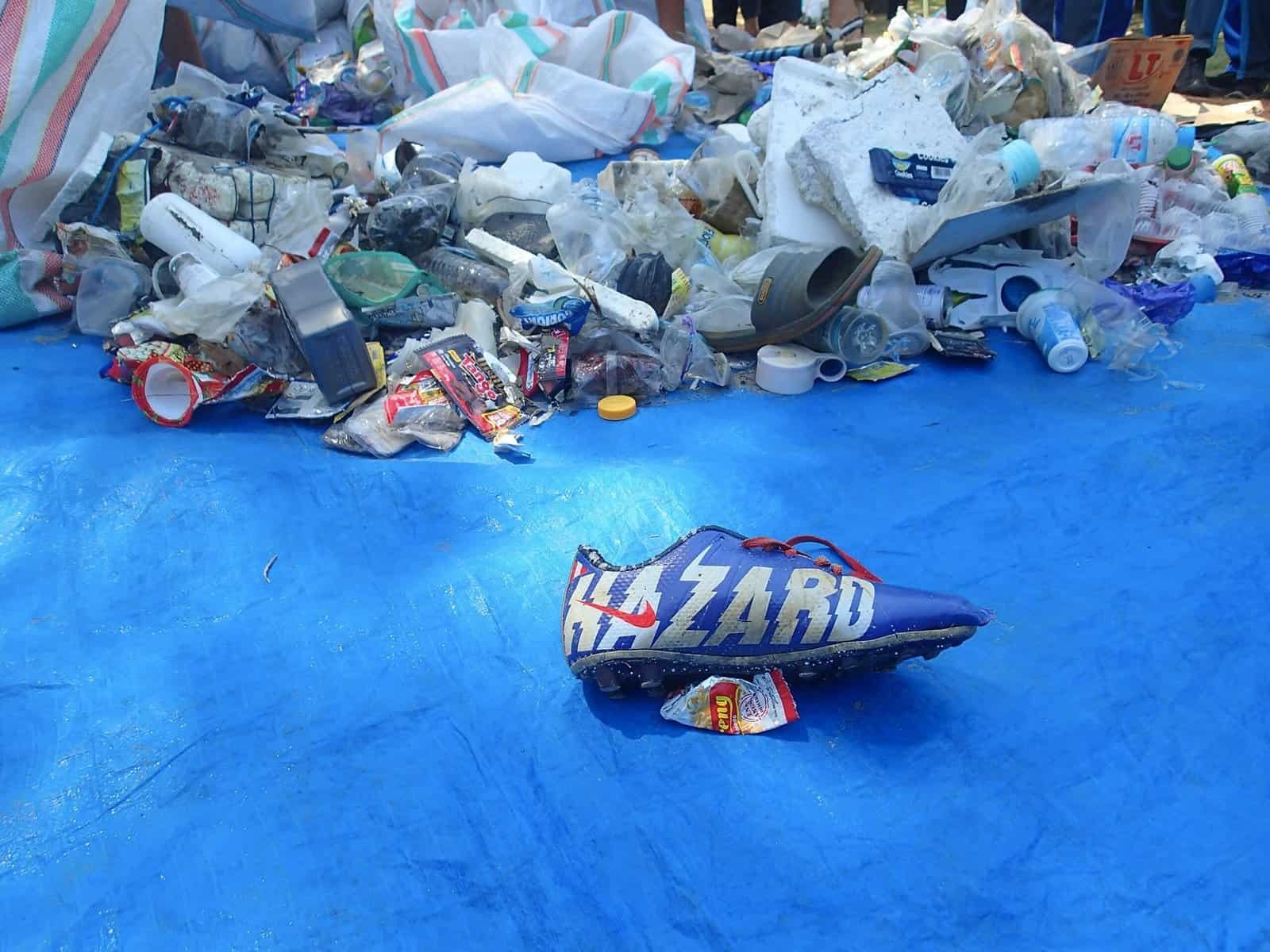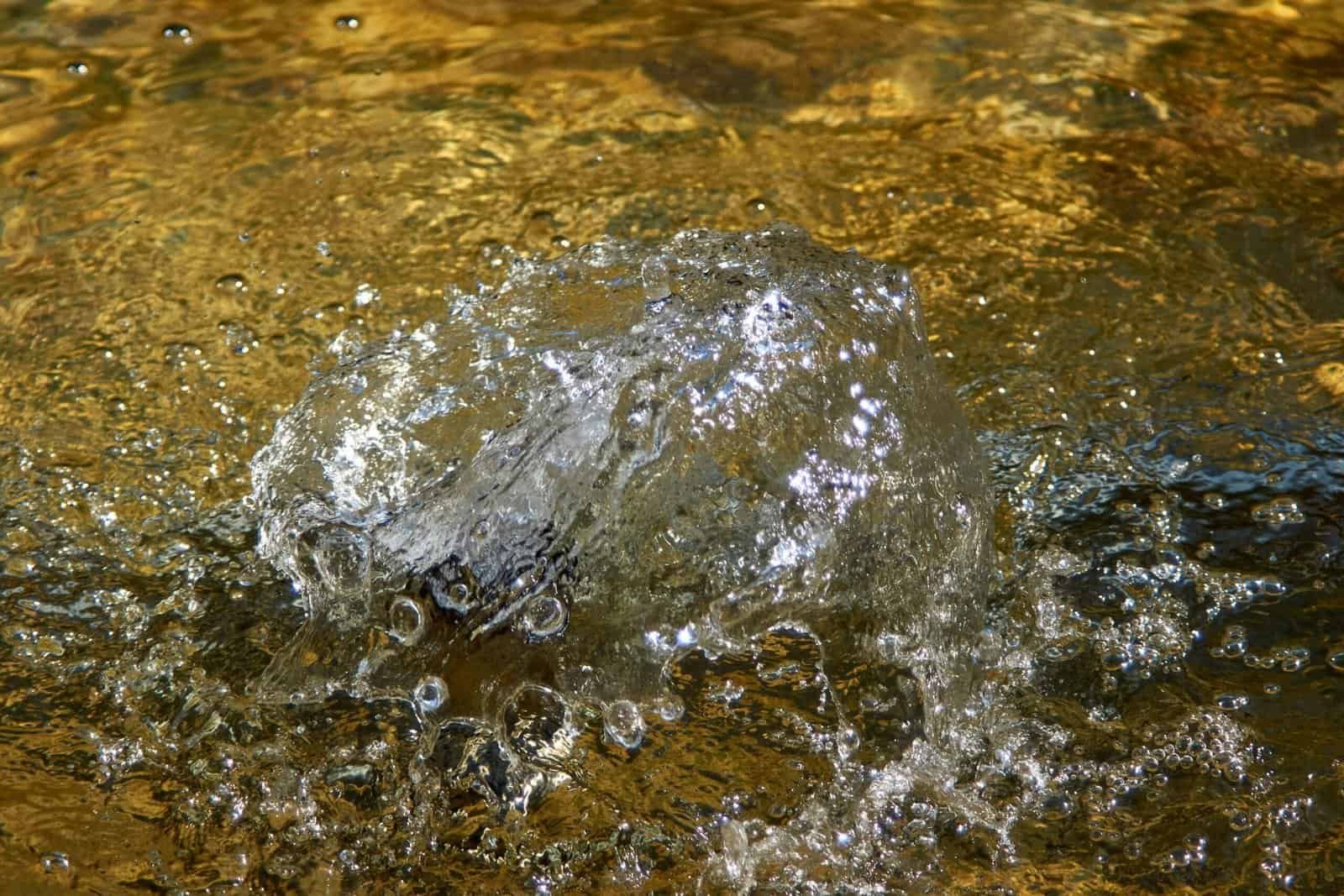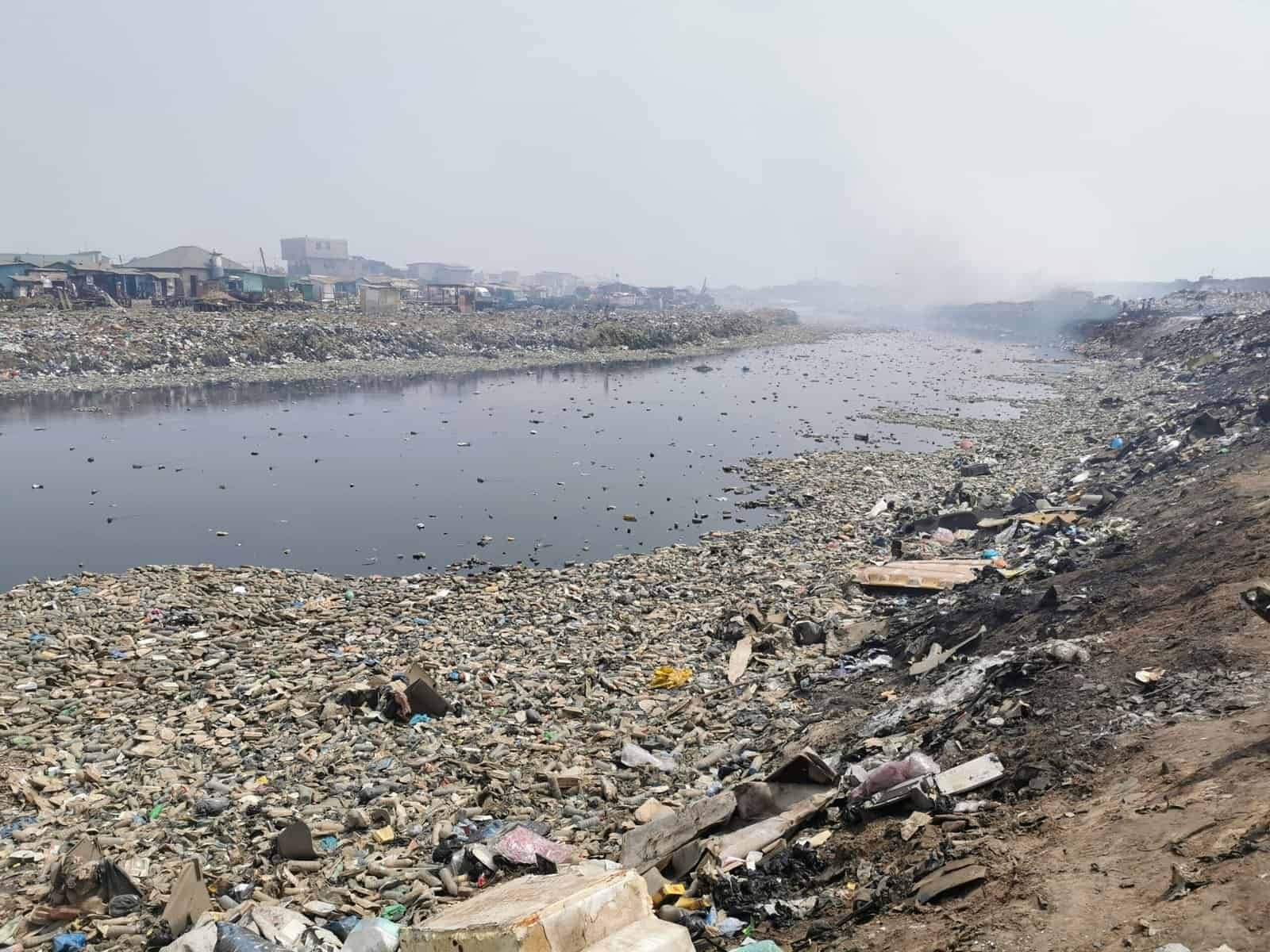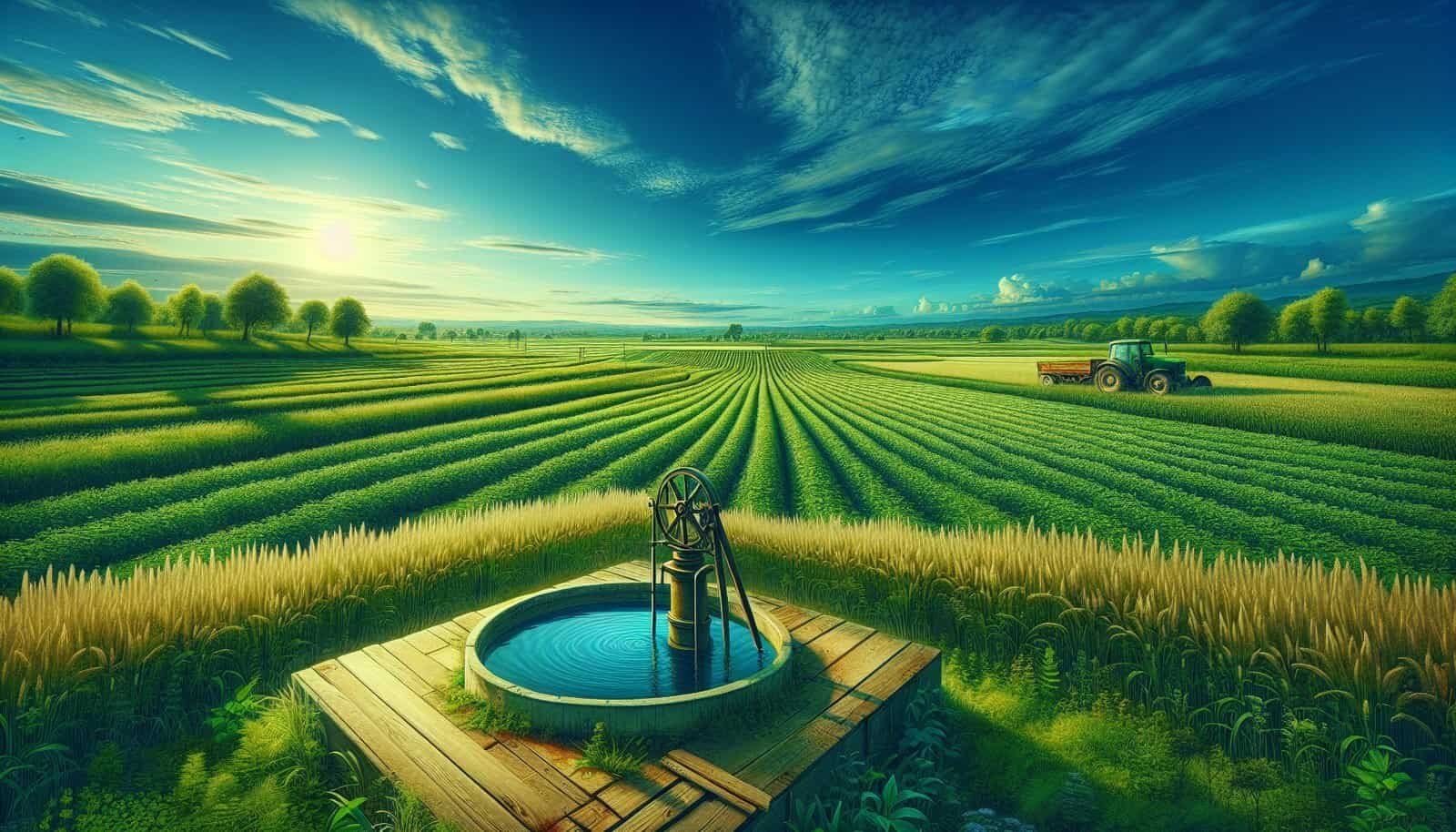Have you ever wondered if your well is safe from the agricultural activities happening around you? If you rely on a private well for your water needs, it’s important to understand the potential risks posed by nearby farms and agricultural practices. Agricultural activities can introduce various contaminants into the water supply, affecting its quality and safety. In this guide, we’ll explore the impact of agricultural activities on well water, the potential symptoms of drinking contaminated water, and what you can do to protect your water source.
How Agricultural Activities Affect Well Water
Agriculture plays a crucial role in our daily lives, but it can also introduce pollutants into the environment. Understanding these risks is essential for anyone who derives their water from a private well.
Common Sources of Contamination
Agricultural activities such as the use of fertilizers, pesticides, manure, and irrigation can introduce contaminants into the groundwater. These substances can seep into the soil and eventually make their way into the water supply. Here are some of the common sources of agricultural contamination:
| Source | Description |
|---|---|
| Fertilizers | Used to enhance plant growth, but can lead to nutrient runoff, particularly nitrogen. |
| Pesticides | Chemicals used to control pests that can leach into groundwater. |
| Manure | Often used as natural fertilizer, but can introduce pathogens and nutrients to water. |
| Irrigation | Can carry contaminants from the surface into groundwater supplies. |
Types of Contaminants
The contaminants that may affect your well water can be classified into several categories. Each type poses different risks to your health:
- Nitrates: Commonly found in fertilizers, high levels of nitrates can lead to serious health issues, particularly for infants.
- Pesticides: These can range from mild to toxic, depending on the specific chemicals used in agricultural practices.
- Bacteria and Viruses: Manure and other organic matter can introduce harmful pathogens into the water supply.
- Heavy Metals: Sometimes found in pesticides and fertilizers, heavy metals like lead and arsenic can have severe health effects.

Symptoms of Drinking Contaminated Well Water
Consuming contaminated water can lead to various health issues. It’s useful to be aware of the potential symptoms that may arise from drinking water affected by agricultural pollutants.
Short-Term Symptoms
Short-term exposure to contaminated water can result in acute symptoms, which can vary based on the contaminants present:
- Stomach Issues: Nausea, vomiting, and diarrhea are common initial symptoms.
- Flu-like Symptoms: Fever, body aches, and fatigue can occur.
- Skin Irritation: Rashes or irritation may develop, especially if the skin is sensitive to certain chemicals.
Long-Term Health Effects
Prolonged exposure to contaminated well water can have more severe consequences:
- Reproductive Problems: High levels of nitrates are associated with adverse reproductive outcomes.
- Cancer Risk: Long-term ingestion of pesticides and heavy metals increases the risk of various cancers.
- Neurological Effects: Certain contaminants, such as lead, can impact brain development and cognitive function.
Understanding these symptoms is crucial for identifying possible contamination and taking prompt action.

Assessing the Risk to Your Well
Determining whether your well is at risk requires a combination of observation and professional assessment. Here’s how you can start:
Location and Proximity
The location of your well in relation to agricultural activities is a primary factor in assessing risk:
- Distance: Wells located closer to farms are generally at higher risk.
- Topography: Areas downhill from agricultural sites are particularly vulnerable to runoff.
Professional Water Testing
A more definitive way to ascertain the safety of your well water is through regular testing:
- What to Test For: Focus on nitrates, coliform bacteria, and specific pesticides known to be used nearby.
- Frequency: Conduct tests at least annually, or more frequently if there are nearby agricultural activities.
- Interpreting Results: Work with professionals to interpret test outcomes and determine necessary actions.

Protecting Your Well Water
There are measures you can take to minimize the risk of contamination from agricultural activities and to maintain the quality of your well water.
Proper Well Construction and Maintenance
Ensuring your well is properly constructed and maintained can significantly reduce contamination risks:
- Seal Integrity: Make sure the well cap and casing are intact and secured.
- Regular Inspection: Periodically inspect the well for signs of physical damage or changes.
Landscaping and Surface Management
The way you manage your land can affect the quality of your well water:
- Buffer Zones: Establish vegetative buffer zones around the well to filter runoff.
- Erosion Control: Implement anti-erosion measures to prevent sediment from reaching the well site.
Collaboration with Farmers
Sometimes, working together with local agricultural operations can yield positive results:
- Open Communication: Express concerns and share information with neighboring farmers about well locations and water safety.
- Best Practices: Encourage the implementation of sustainable agricultural practices that minimize environmental impact.

Long-Term Solutions and Planning
Beyond immediate actions, considering long-term solutions can help ensure safe and sustainable well water.
Investing in Advanced Filtration Systems
If continuous contamination is a concern, advanced options can be effective:
- Types of Filtration: Consider reverse osmosis, carbon filtration, or other technologies suited for specific contaminants.
- Installation: Professional installation ensures proper function and efficiency.
Water Safety Plans
Developing a comprehensive water safety plan can safeguard your water source:
- Risk Assessment: Regularly review potential hazards and develop strategies to mitigate them.
- Monitoring: Establish an ongoing monitoring program to detect changes in water quality.
Community Involvement
Community-wide efforts can be particularly impactful in addressing well water safety:
- Awareness Programs: Participate in local initiatives focused on agricultural impacts on water.
- Regulatory Advocacy: Advocate for stricter regulations and support policies that protect private well owners.
By understanding, assessing, and addressing the risks from nearby agricultural activities, you can help ensure that your well water remains safe and clean. Your awareness and proactive measures can make a significant difference in maintaining the quality of your water supply.

